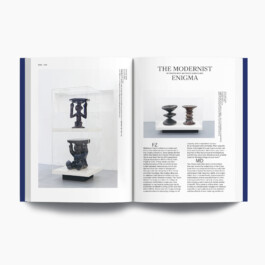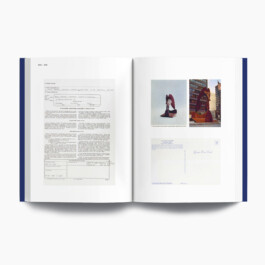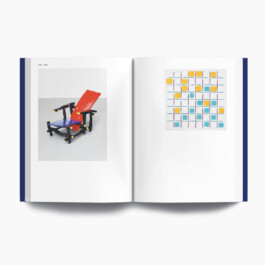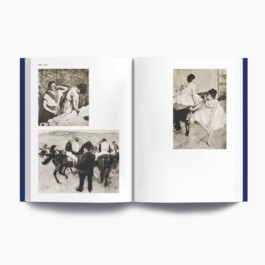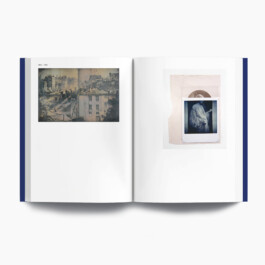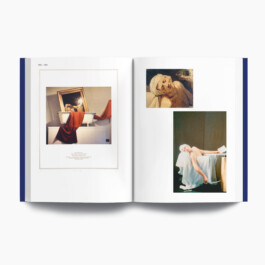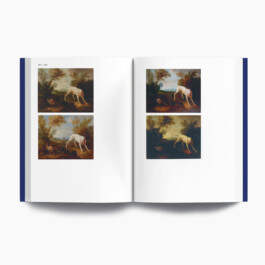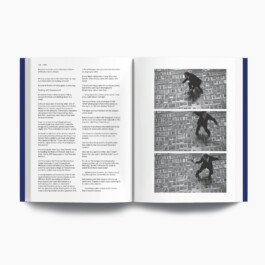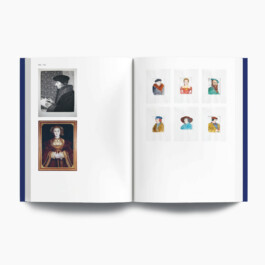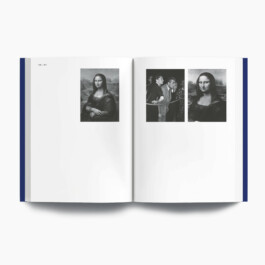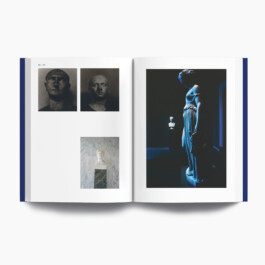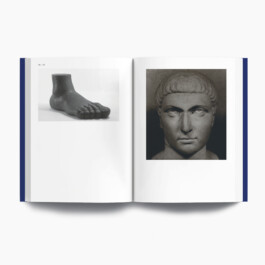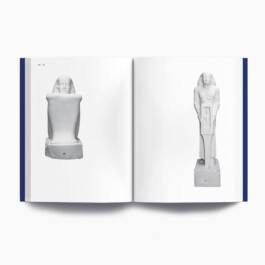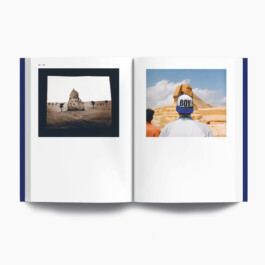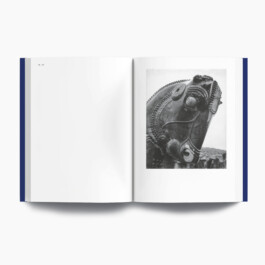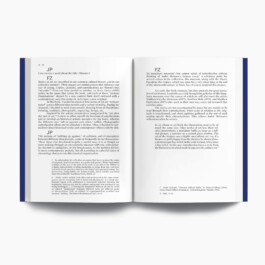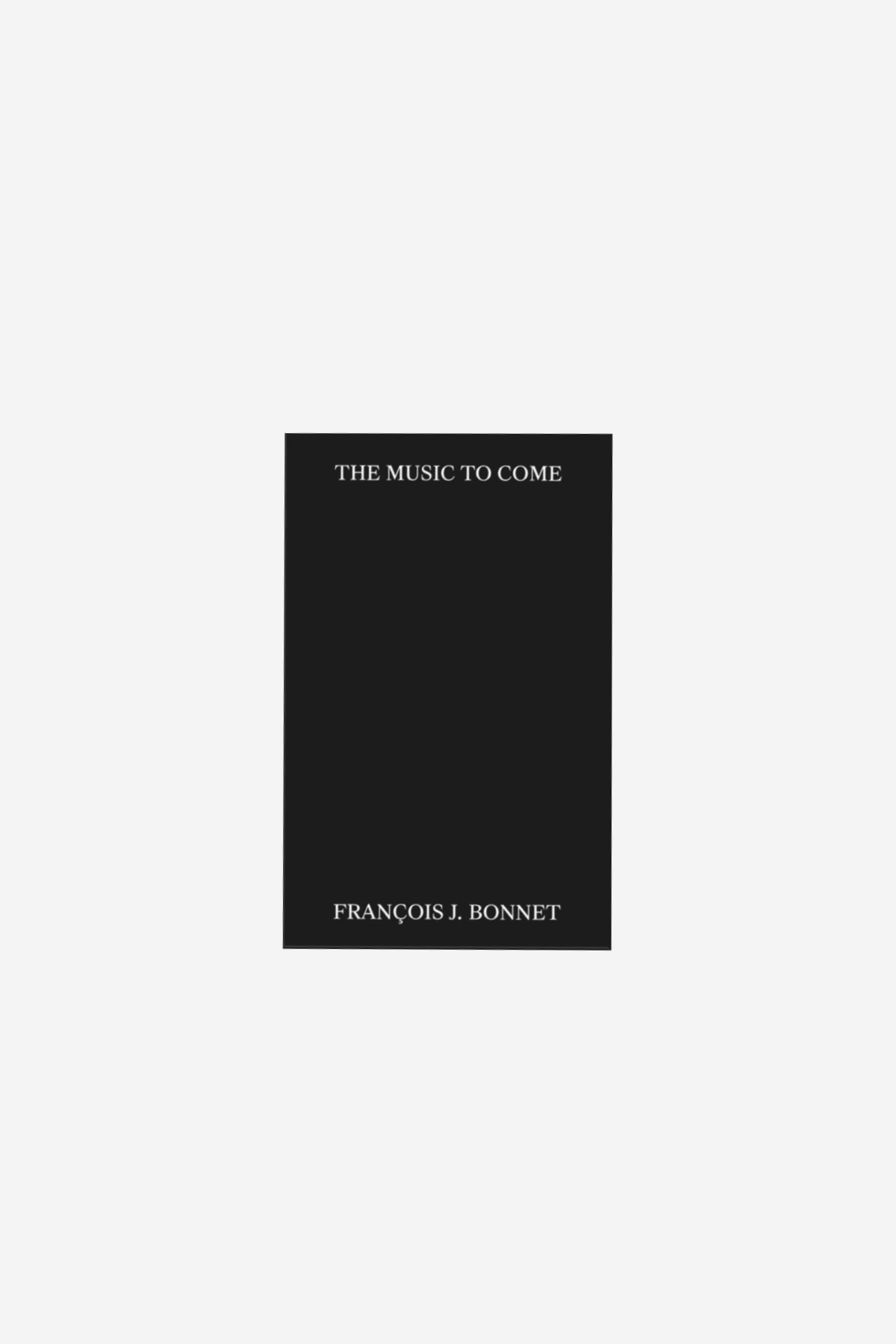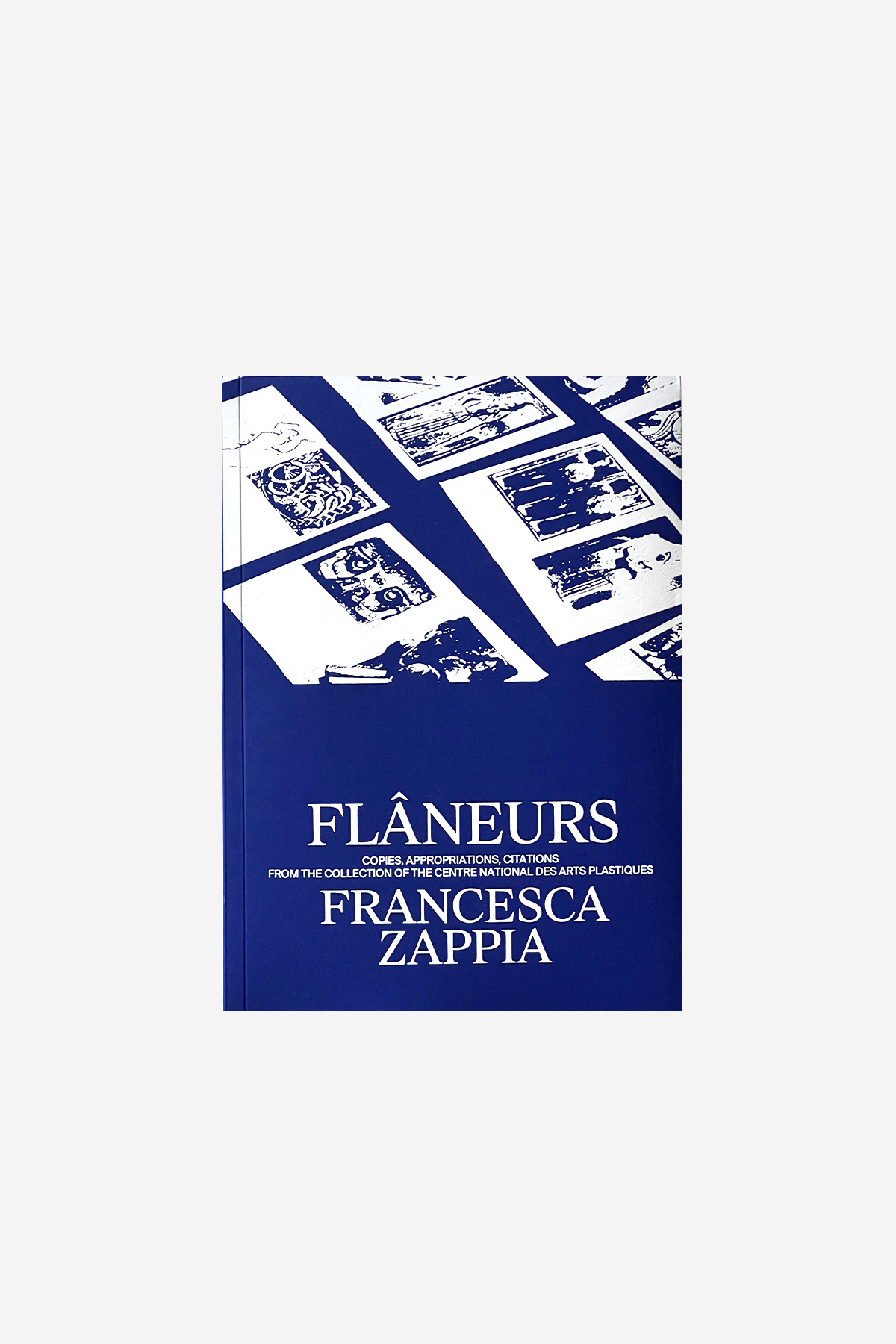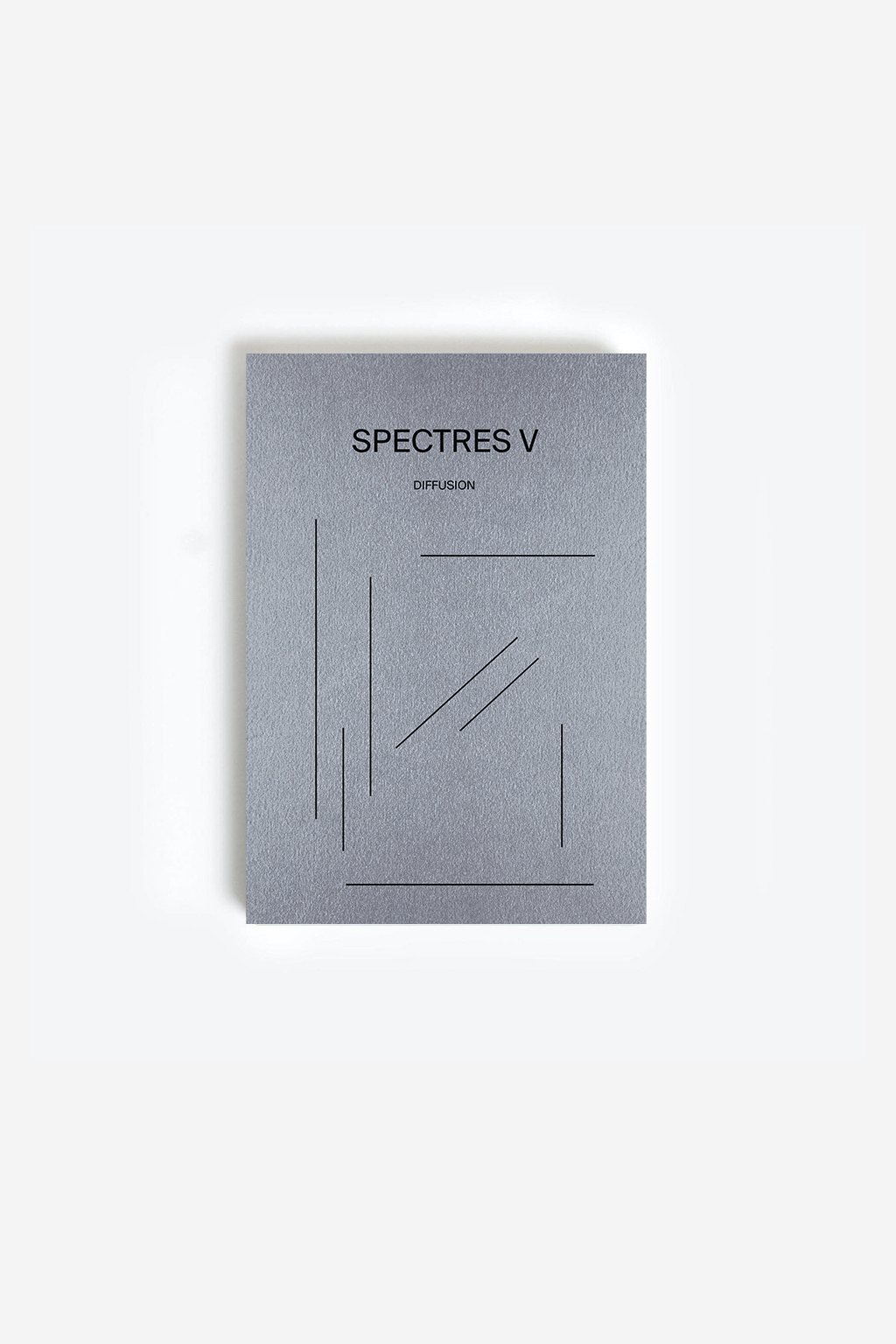(SP133)
572 pp. (300+ ills.)
Softcover with flaps
Format: 150 x 210 mm
Print run: 600 copies
Language: English
January 2023
ISBN: 978-2-36582-042-4
Francesca Zappia
Flaneurs
Copies,
Appropriations,
Citations
from the Collection of the Centre national des arts plastiques
Co-published by Centre national des arts plastiques (Cnap) Shelter Press
A curatorial proposal by Francesca Zappia Editorial direction Béatrice Salmon, curator, Cnap’s director, and Bartolomé Sanson, Shelter Press
Project coordination Francesca Zappia, and Juliette Pollet, curator, in charge of the Cnap’s Visual Arts Collection (from 1990 to the present)
Editorial coordination Bénédicte Godin, head of publications service (Cnap), and Bartolomé Sanson
Design Bartolomé Sanson
Interview transcription Mathilde Belouali-Dejean et Marine Guerbois
Translation from French to English Rachel Valinsky
{Order}
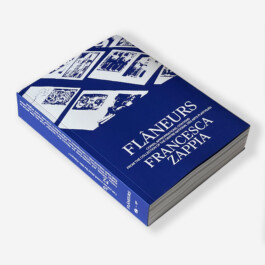
Every change of context, every change of medium can be interpreted as a negation of the status of a copy as a copy—as an essential rupture, as a new start that opens a new future. In this sense, a copy is never really a copy; rather a new original in a new context. Every copy is by itself a flâneur—experiencing time and again its own “profane illuminations” that turn it into an original. It loses old auras and gains new auras. It remains perhaps the same copy, but it becomes different originals.
—Boris Groys, Going Public
Flâneurs results from curatorial research carried out by independent curator Francesca Zappia within the plethoric collection of the Centre national des arts plastiques, which focused on the contested notions of copies, appropriations and quotations. Drawing on art and design objects from the nineteenth century to today, she shows how reproductions of artworks can be considered as objects with a cultural value of their own and be regarded in the same way as the originals.
The book follows a spatial structure. Guided by an interview between Francesca Zappia and Juliette Pollet, curator at the Cnap, the reader walks through an imaginary and deliberately anachronistic museum. The rooms devoted to the Antiquities, the Renaissance, the 17th and 18th centuries, and the modern and contemporary periods bring together more than 300 works and forge new links between them. Throughout the chapters, the reader also meets the artists Mathieu Kleyebe Abonnenc, Aurélien Mole and Matthew Darbyshire who, each in their own way, open up additional perspectives of research.
Francesca Zappia is a curator and art historian. She lives and works in Glasgow, Scotland, UK. She has worked as an exhibition assistant at the FRAC Ile-de-France and at the François Pinault Foundation, and as an archivist for the Centre national des arts plastiques (Cnap), the Fonds municipal d’art contemporain de la Ville de Paris, and Vidéomuseum. Since 2014, she has mainly worked as a freelance curator.
Her research focuses on the transmission of memory and knowledge production in cultural and artistic practices. Her online platform, past-forward.net, displays various creative approaches to these questions and experiments with new forms of presentation of artistic production on the Internet.
Among her other curatorial projects: Energy Is Pattern (The Queen Elizabeth University Hospital, Glasgow, 2020), The Curator’s Workshop (Centre for Contemporary Arts, Glasgow, 2020), L’intrigue se cherche dans le dénouement de son nœud (la compagnie, lieu de création, Marseille, 2018), Raoul Reynolds: A Retrospective (Scotland Street School Museum, Glasgow; La Friche la Belle de Mai, Marseille, 2016), and East End Transmissions (The Pipe Factory, Glasgow, 2014).
